

VIETNAM
Energetic. Diverse. Compelling.
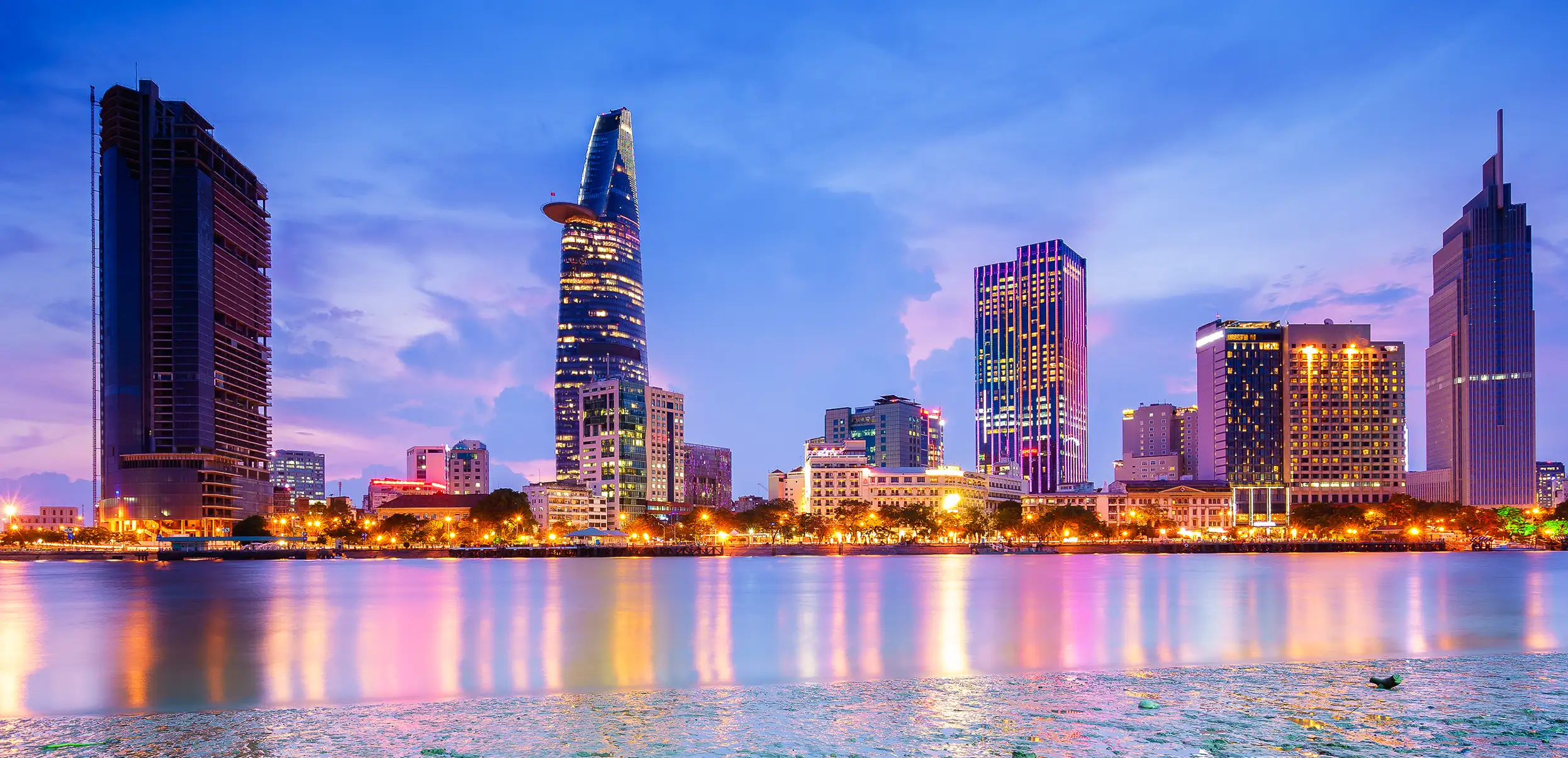
HO CHI MINH CITY (SAIGON)
With both cosmopolitan charm and youthful energy to spare, an exploration of Saigon, now formally known as Ho Chi Minh City, is a delightful immersion in the often-contradictory amalgam of influences that comprise contemporary Vietnam—from museums and pagodas to hip restaurants and rooftop bars.
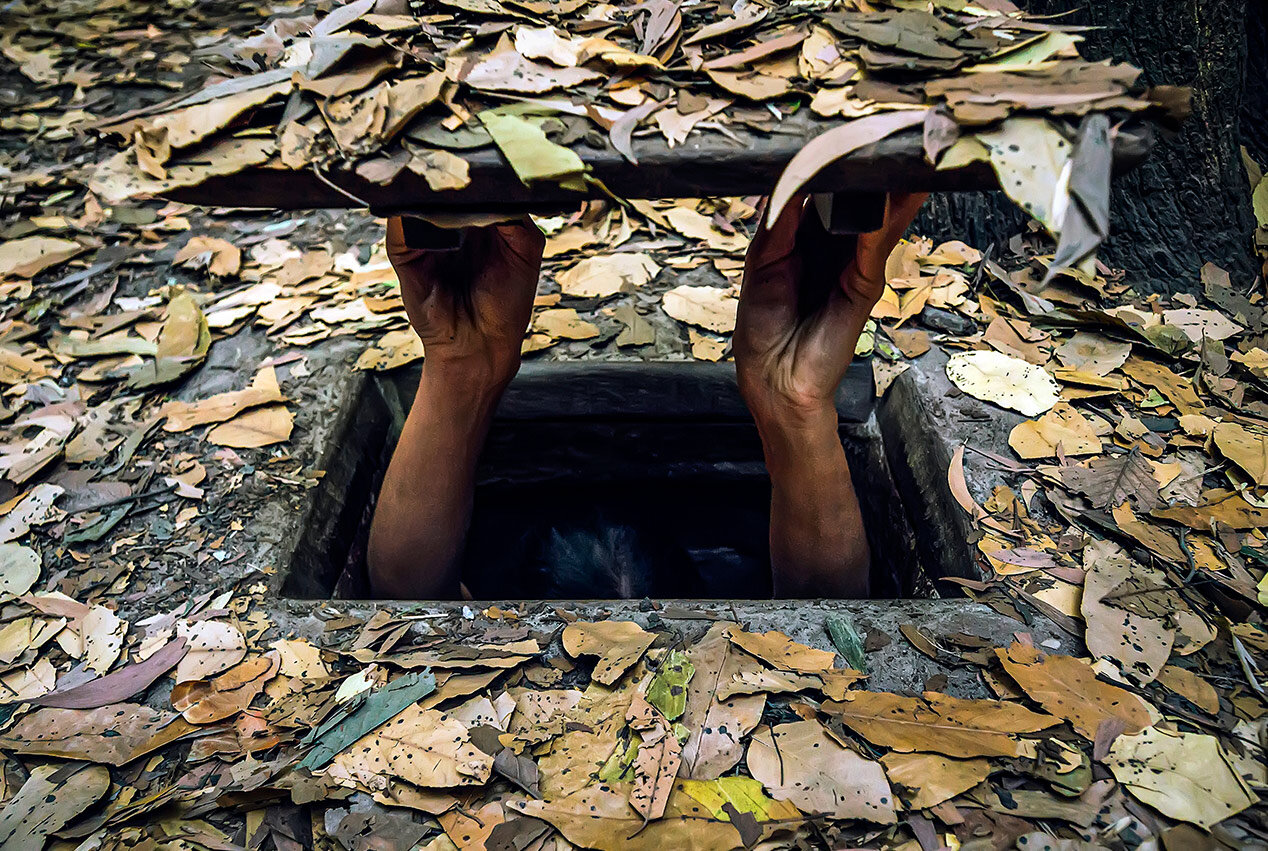
CU CHI TUNNELS & THE DMZ
Called the “American War” locally, evocative reminders of the Vietnam War litter the country. For the history buff, a visit to the Cu Chi Tunnels, the subterranean control center of the Viet Cong, or the Demilitarized Zone (DMZ), a line that once split the country in two, are fascinating, if sobering, sites to visit.
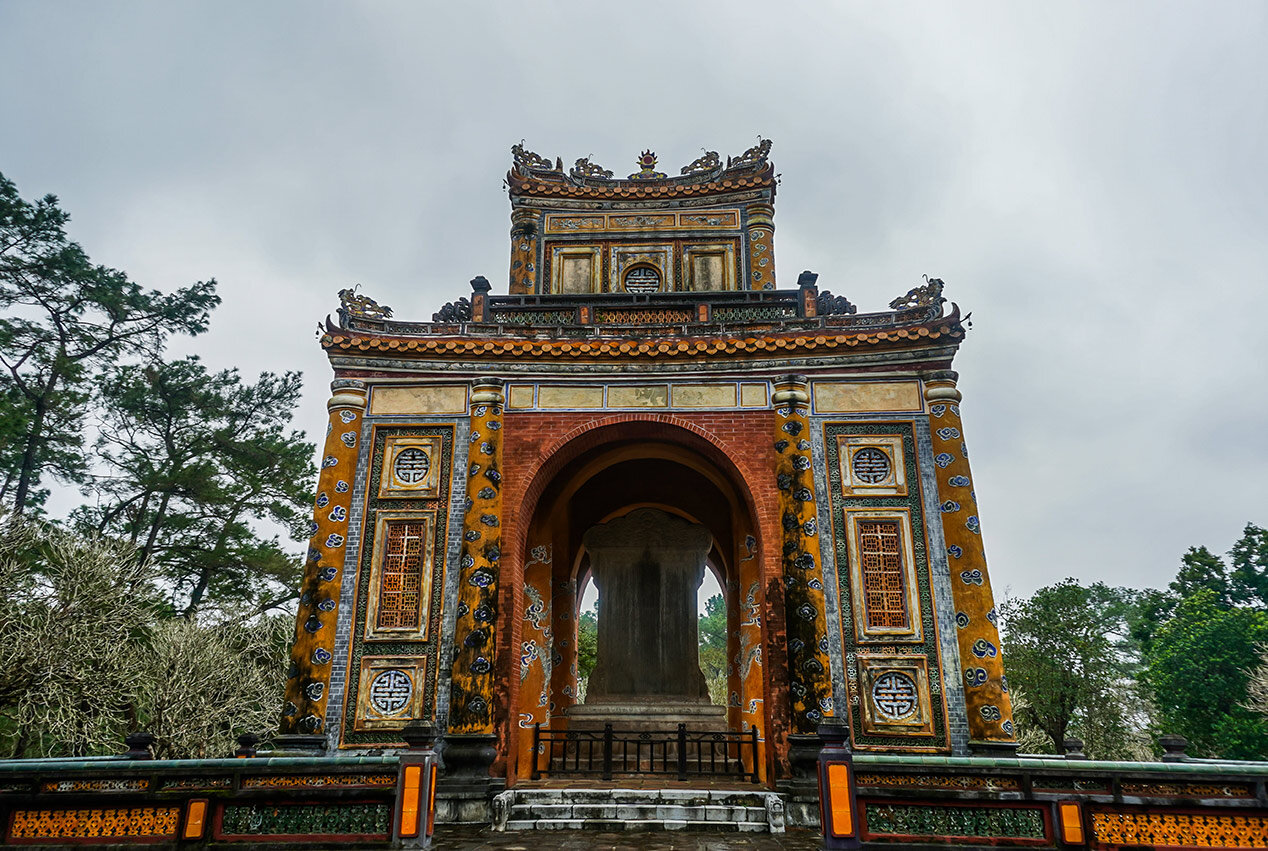
HUÉ
The former imperial capital of Hué is home to an array of fantastic artistic and architectural treasures. The Tombs of the Nguyen Emperors are the main attraction, best accessed via a cruise down the Perfume River. More than simply tombs, these vast mausoleum complexes feature lush gardens that are a delight to wander.
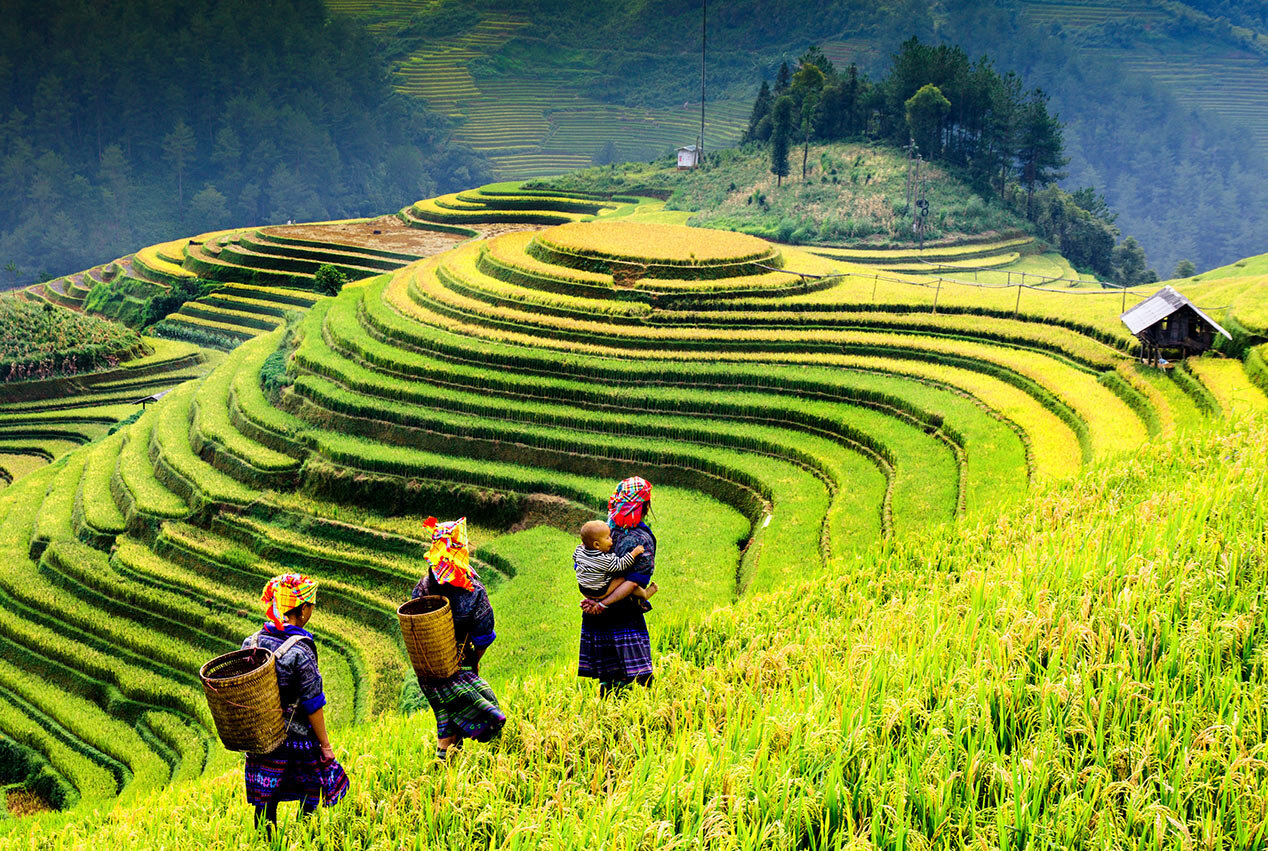
SAPA
Venturing into the far north of the country, the adventurous traveler is rewarded with access to isolated tribal villages. Hike between the various tribal communities, visit a bustling local market or spend the night in a local home to gain insight into ways of life lost to the modern world.
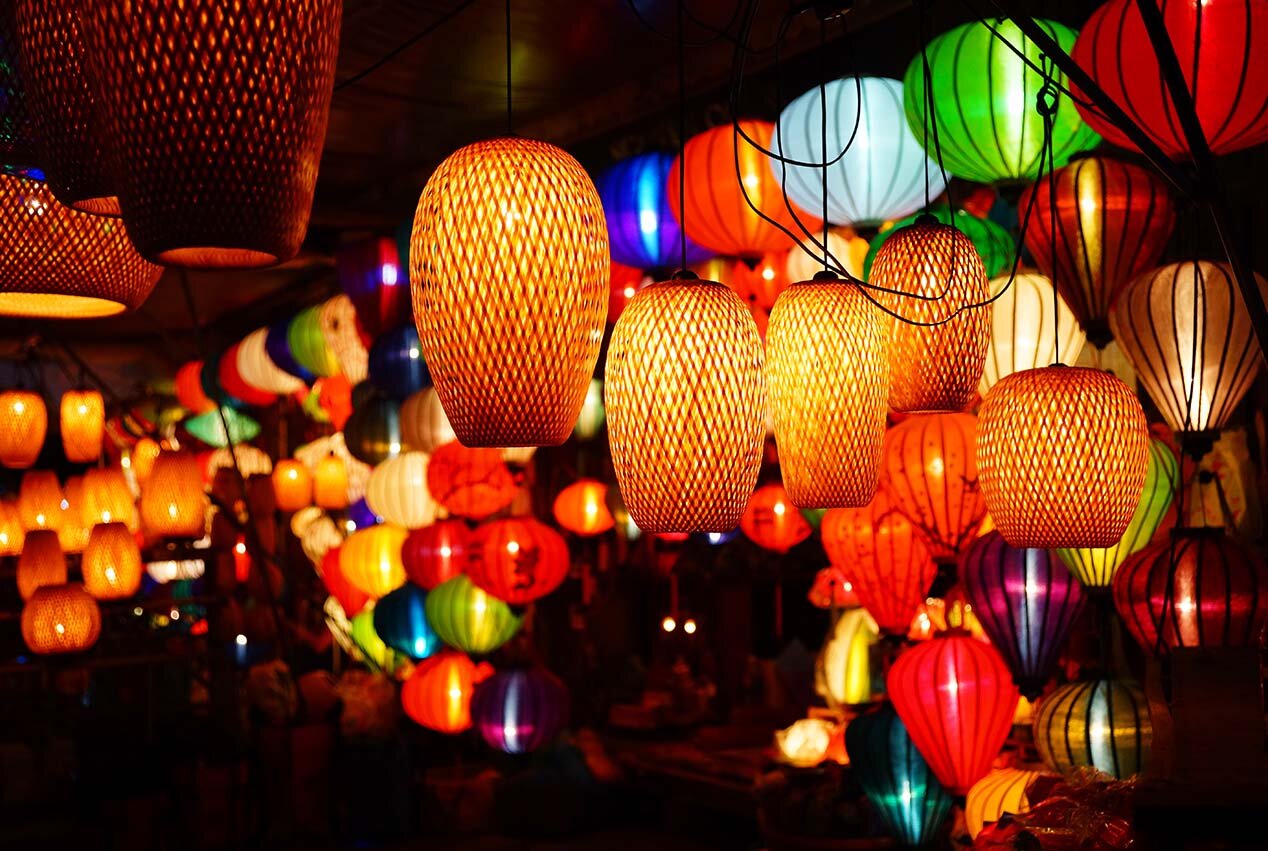
HOI AN & HANOI
Vibrant and fresh, Vietnam’s food is an addiction waiting to happen. Sample a variety of expertly prepared street food staples at Hanoi’s innovative Quan An Ngon restaurant or learn the ins and outs of Vietnamese cuisine in a hands-on cooking class with a renowned local chef.
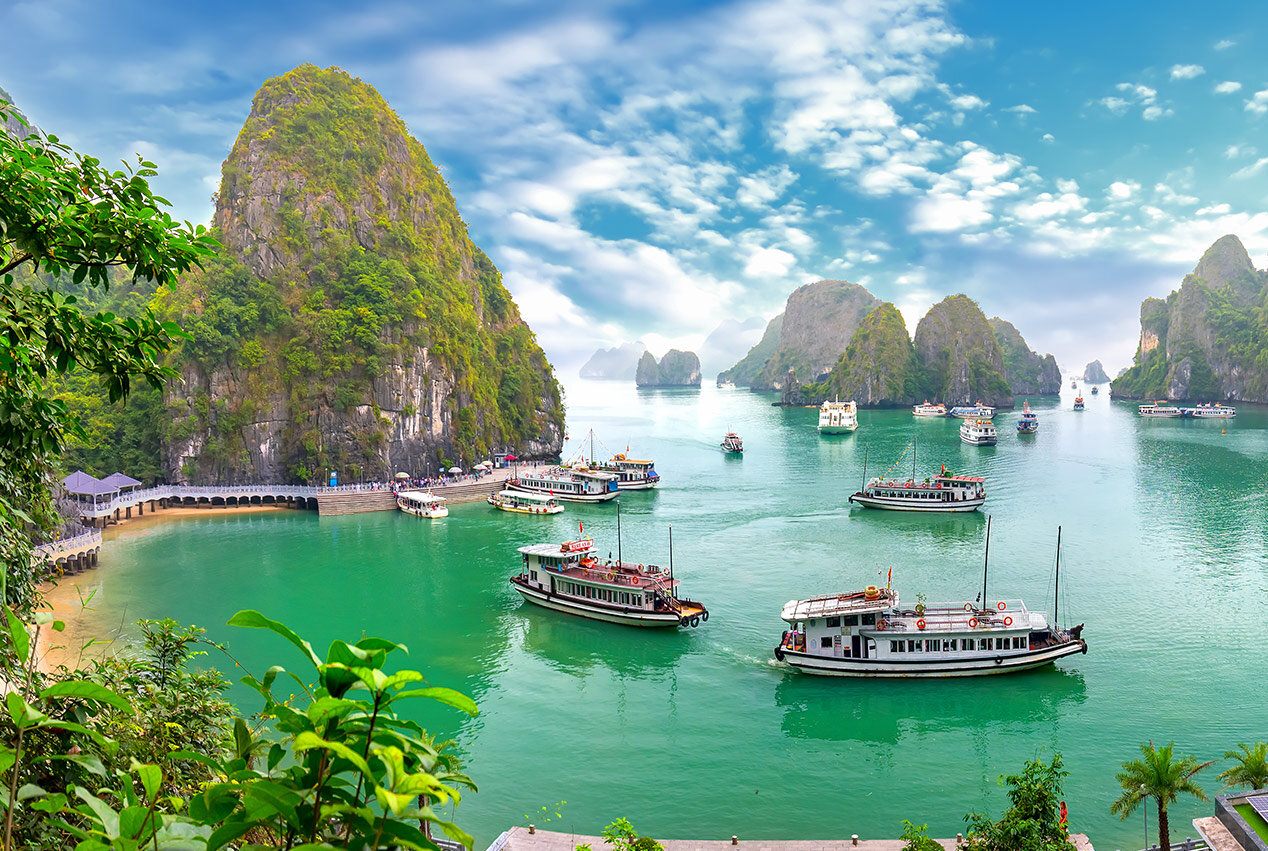
HA LONG BAY & MEKONG DELTA
Ha Long Bay has become an icon of Vietnam for good reason—striking karsts jut from the glassy waters and hidden caves, beaches and swimming holes wait around every corner. Less well-known but equally gorgeous, explore the fertile agricultural area of the Mekong Delta— rich with green rice fields, bountiful orchards, rural villages and an extensive network of tranquil waterways.
sign up for our
Newsletter
Stay current with all the latest being offered from ATJ, as
well as updates on Asia Destinations.























